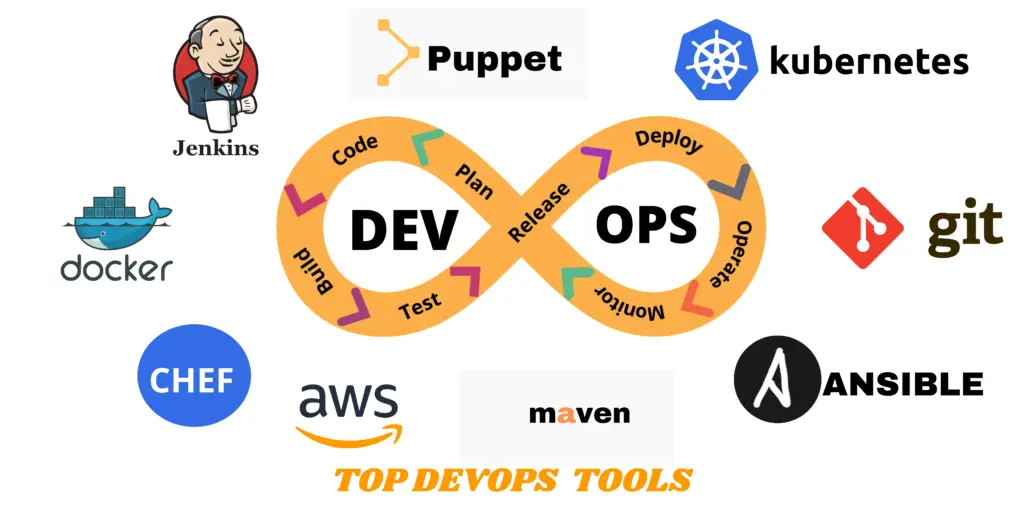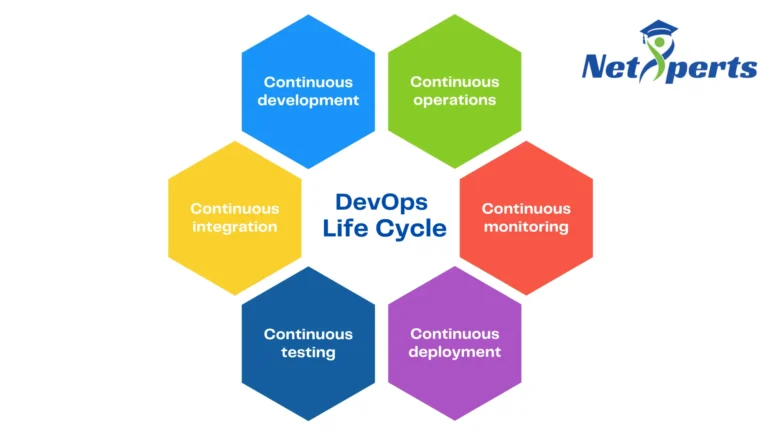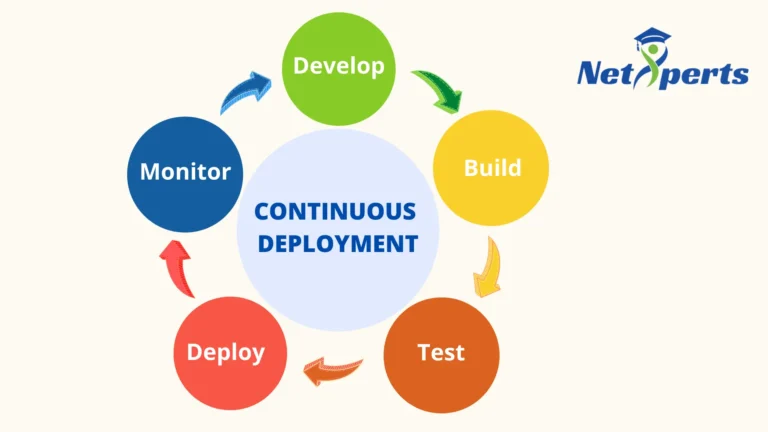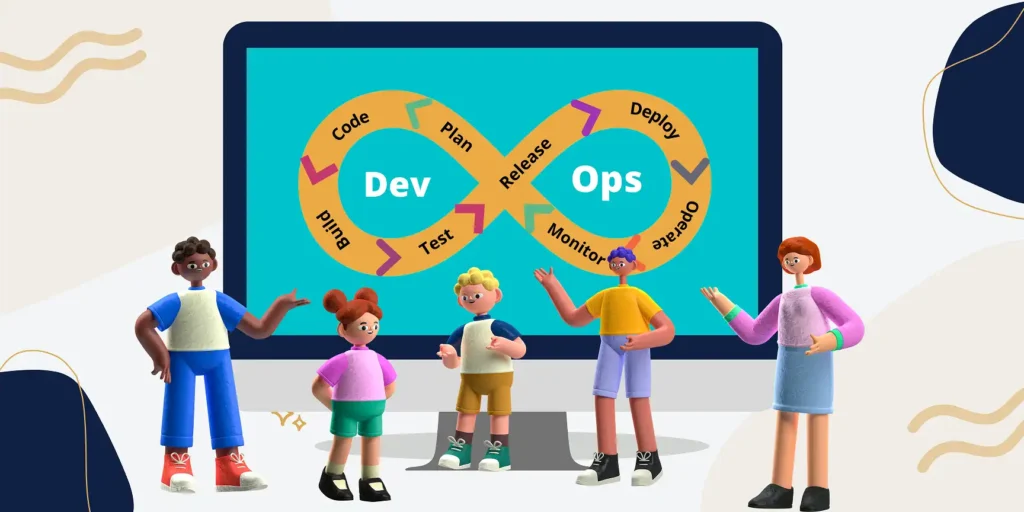DevOps Life cycle: All You Need To Know About the Different Phases
The DevOps life cycle has five distinct phases, each with their own responsibilities and deliverables. Learning how to implement the DevOps life cycle successfully means understanding each phase in detail and knowing what it’s expected to accomplish. Here’s what each of the different phases entail, so you can understand how the whole process works together to help your business succeed in software deployment and development projects.
In this blog we will cover the following topics:
1.What is DevOps?
2.What is DevOps Life cycle?
What is DevOps?

DevOps, or Development Operations, is an approach to software development that emphasizes communication, collaboration and integration between software developers and information technology (IT) professionals. With DevOps, businesses seek greater agility in order to introduce new features in products. The goal of DevOps is also greater customer satisfaction by providing faster response times to customer requests as well as by offering a higher quality product.
What is DevOps Life cycle?

DevOps lifecycle is defined as a combination of different phases of continuous development, continuous integration, continuous testing, continuous deployment, and continuous monitoring. Now let us have a look at each of the phases of DevOps life cycle one by one.
The First Phase (Planning)
Where you set objectives for your business and decide which tools to use. In order to bring value to both customers and stakeholders, clear goals are essential. It is important that these goals align with company strategy, vision, mission and values. Next, you will identify team members who can assist in project success. Then outline a plan for execution that takes into account development costs and deadlines (which must be realistic), as well as production costs and time-to-market considerations.
Continuous development
The QA or Quality Assurance phase. This is where things get a little more complicated. But we’ll break it down for you and explain what it means, from start to finish. The second phase is where some of your time will be spent, as you and your team work on developing an initial version of your product. In general, you’ll be hard at work in code, building something that will satisfy your customer requirements and business needs.
The Third Phase (Deployment)
Once you’ve finished development, you can consider your application ready for deployment. The goal of deployment is to ensure your application performs as expected in a production environment. Deployment also allows you to fix any issues that may arise before they affect your customers. It’s also a great time to provide training and/or mentorship to people who will manage deployments in your organization, such as junior staff or members of another team.
QA Testing Phase
QA engineers create automated test cases to validate pre-defined test coverage before deploying applications. They then run these tests to ensure that there are no unexpected bugs in new releases and deployments. This can be an ongoing process, meaning that any changes or additions require re-running tests and manually validating their results. QA testers use automation tools such as Selenium and Appium to script unit tests.
Continuous Deployment

This stage introduces continuous deployment where continuous delivery and deployment converge into a single workflow. Changes can now be immediately released to users, and deployed continuously to different environments throughout their lifecycle, eliminating some of their traditionally separate roles. This allows developers, who are responsible for building new features, to interact directly with end users of their software products in order to gain an understanding of how they use them and ensure that they are of high quality.
The Last Phase (Monitoring & Improvement)
Once your services are up and running, it’s time to start monitoring your performance and making changes accordingly. In fact, there’s never really a completion phase when it comes to DevOps; because if you can make something faster or more efficient, you should do it. And if that kind of thinking doesn’t apply to your particular business, you may want to ask yourself why not?
The Future of DevOps
DevOps has been a buzzword for some time, but it hasn’t always been easy to pin down a definition. Today, many tech professionals are calling DevOps the next big thing, but while others insist that it is in fact already outdated. If you work in IT, you have no doubt read about or have asked questions about DevOps. But even if you don’t work directly with technology and software development, chances are DevOps touches your life at some point.

